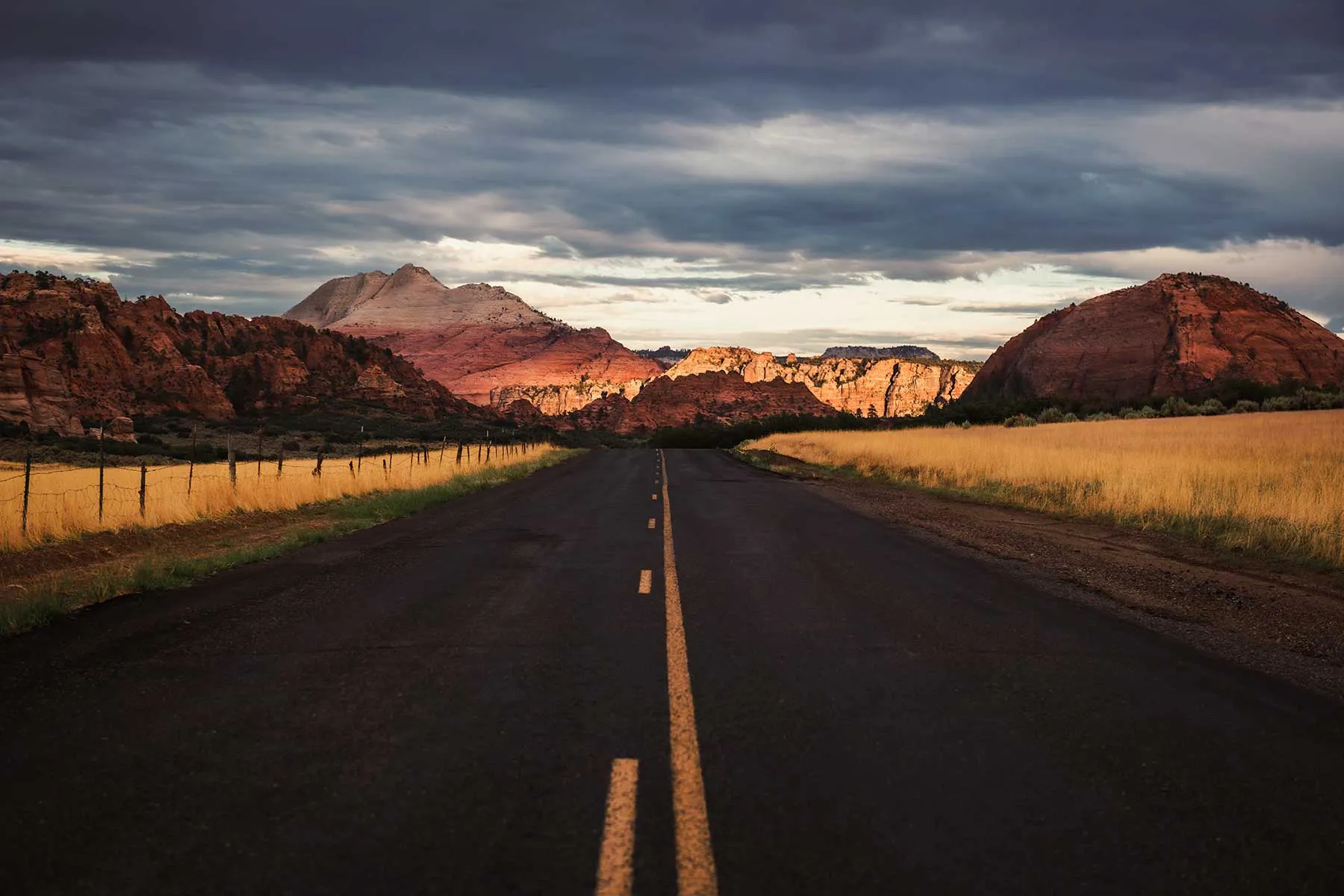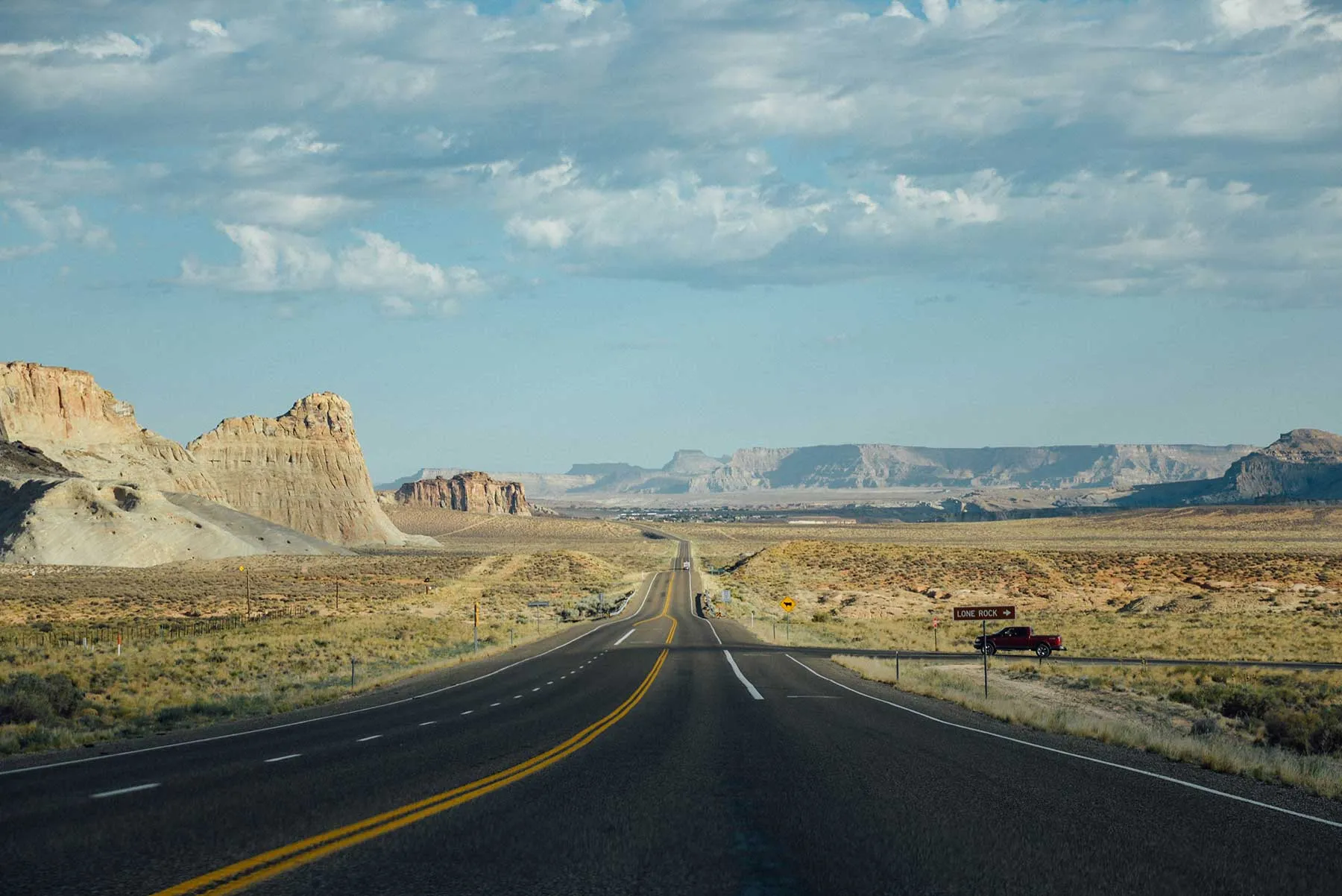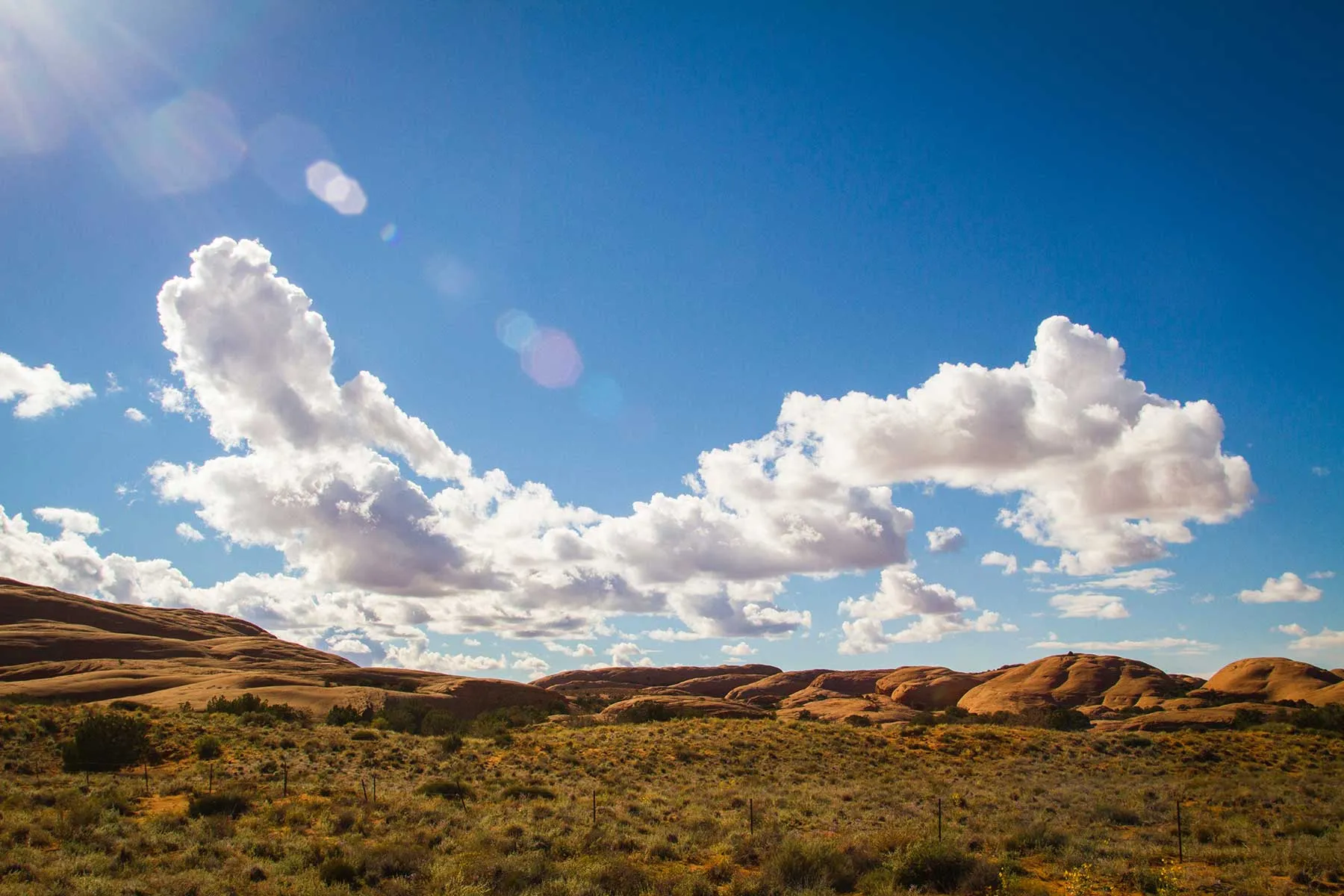Signs block views from new luxury apartment buildings. Problem is, they were there first.

This is a reposted article written by Tony Semerad for the Salt Lake Tribune
| April 1, 2024, 5:57 a.m.|
Updated: 8:34 a.m.
It looks like an obvious oopsie or a piece of urban planning gone very wrong.
The billboard standing near a busy Salt Lake City corner at 300 West and 500 South —directly obstructing windows on a new luxury apartment complex — draws thousands of commuter eyeballs daily and is now the subject of periodic head-scratching social media posts, speculating on how it came to be.
“What do you think the rent is for the back of a billboard view?” a Reddit fan asked last fall.
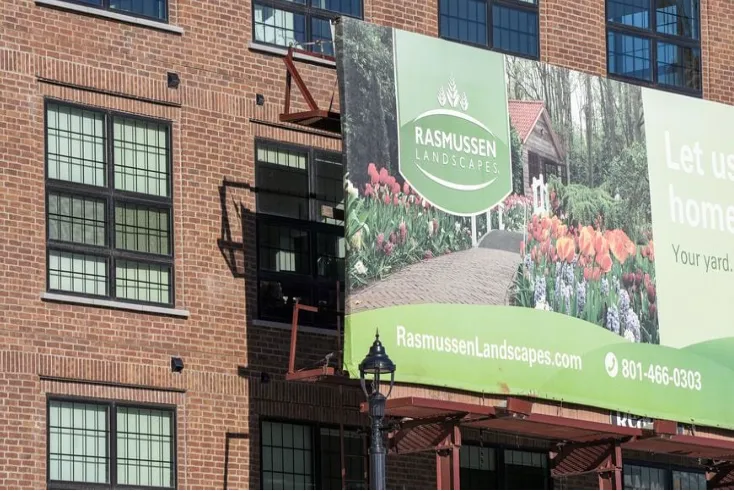 (Chris Samuels | The Salt Lake Tribune) A billboard stands in front of an apartment development at 300 West and 500 South in Salt Lake City, Monday, March 18, 2024.
(Chris Samuels | The Salt Lake Tribune) A billboard stands in front of an apartment development at 300 West and 500 South in Salt Lake City, Monday, March 18, 2024.
“I know the billboard was there before this new construction,” another posted two months ago, “but the fact that it still exists despite its absurd location and proximity to windows on the building shows how sacredly protected these monstrosities are.”
And, a few weeks ago, another commenter inquired: “Are they ever gonna take down this billboard sitting directly in front of apartment units?”
Other prominent billboards in Utah’s capital pose nearly identical predicaments, even located on the same city block where the new $144 million residential and retail complex known as the Post District opened last May.
But that particular sign, it turns out, emerges as a kind of poster child for long-standing tensions among Utah’s powerful outdoor advertising industry, developers, city officials, advocates, the Legislature and the public.
Some frictions are intensifying along with the state’s growing population and a shift to new development patterns, according to Scenic Utah, a nonprofit devoted to protecting and enhancing the Beehive State’s scenic beauty — and limiting what it views as “visual pollution.”
“As you see cities rezoning, developing and doing all this mixed use,” said Kate Kopischke, co-director of Scenic Utah, “there are lots of billboards in the way.“It’s a real problem for cities,” Kopischke added, “because they can’t buy them out.”
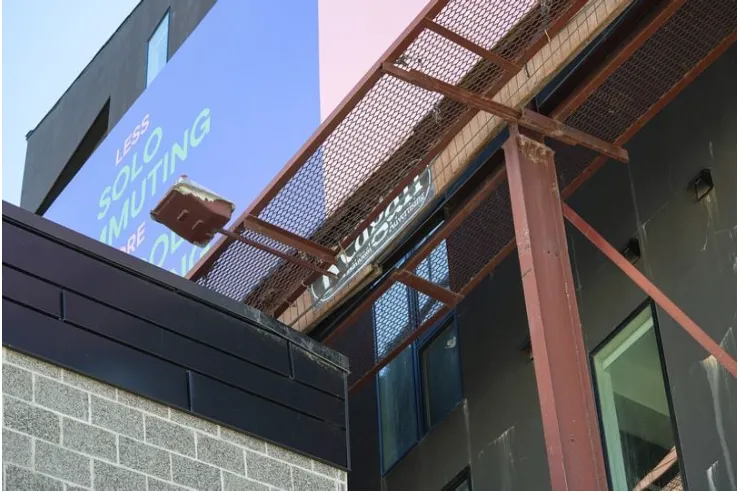 (Chris Samuels | The Salt Lake Tribune) A billboard stands in front of a new apartment development at the Post District along 600 South in Salt Lake City, Monday, March 18, 2024.
(Chris Samuels | The Salt Lake Tribune) A billboard stands in front of a new apartment development at the Post District along 600 South in Salt Lake City, Monday, March 18, 2024.
What happened at the Post District
A billboard stands in front of a new apartment development at the Post District along 600 South in Salt Lake City, Monday, March 18, 2024. What happened at the Post District Property managers for the 33-unit apartment complex, known as The Register, did not respond to inquiries as to the 300 West billboard’s effects on rentals in the new luxury building.
The second-floor spaces behind the sign, though, appear to be common areas for residents and not actual living units. Another billboard just around the corner along 600 South directly obscures apartments with balconies in a residential building called Post House South.
The display on 300 West was, indeed, “there first” under state property law, which has been carefully crafted through the years to bolster the rights of those owning billboards. Records show the sign’s owner has also poured more than $2 million into campaign donations to an array of state and municipal officials since 2008, including $70,000 to Utah Gov. Spencer Cox.
Reagan Outdoor Advertising, a Salt Lake City firm and dominant player in the sector, bought that 300 West sign location in 2007 along with others on the same high-profile block. The company’s president, Dewey Reagan, told The Salt Lake Tribune it obtained an easement on the property for the sign before it was sold again, in 2019.
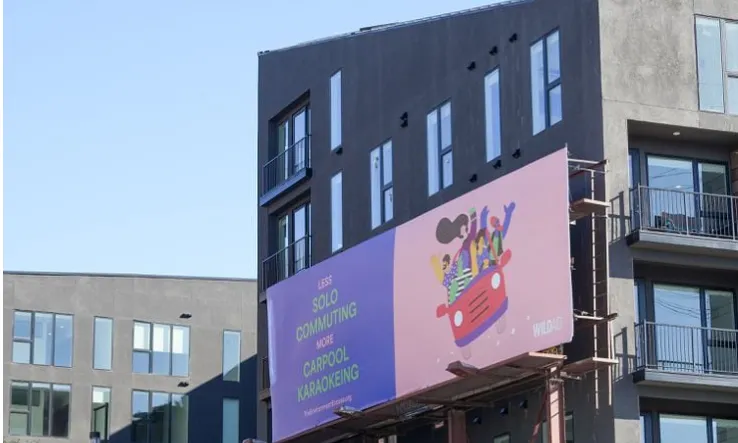 (Chris Samuels | The Salt Lake Tribune) A billboard stands in front of a new apartment development along 600 South in Salt Lake City, Monday, March 18, 2024.
(Chris Samuels | The Salt Lake Tribune) A billboard stands in front of a new apartment development along 600 South in Salt Lake City, Monday, March 18, 2024.
“The entity that bought it was fully aware of what our requirements are for access and visibility of the signs on the property, including this one,” he said. “That’s really where it stops with Reagan.”
The Post District developers then designed and constructed that residential building in close proximity to the billboard, he said. “At no time, were we ever informed or consulted about the configuration of the property in its current form.”
His counterpart at another of Utah’s leading billboard companies, Young Electric Sign Co., or YESCO, said most of the controversies arising these days across the Wasatch Front over billboard locales are rooted in a lack of flexibility on the part of cities that restrict how displays can be relocated.
“It’s really simple,” said Jeff Young, YESCO executive vice president. “The current [Salt Lake City] code doesn’t allow us to move or change our signs. We don’t feel like the bad guys because this is a function of decisions the city has made.”
Competing property rights
City Planning Director Nick Norris countered that billboard clashes “really come down to whatever rights an existing billboard may have and the property owners’ desire to develop their property.”
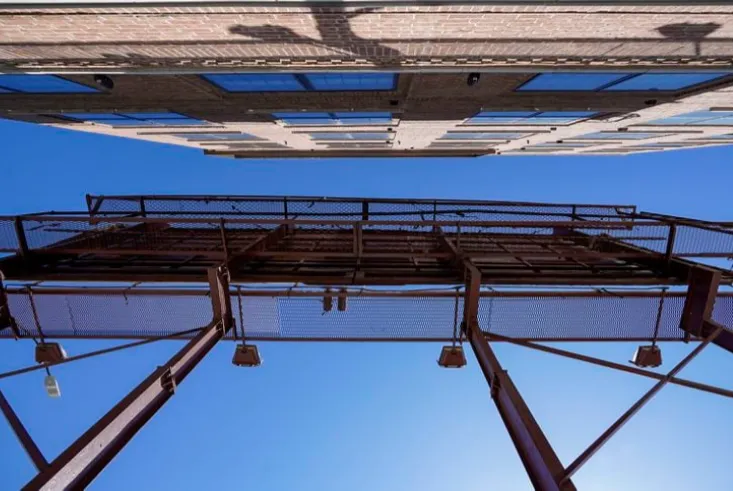 (Chris Samuels | The Salt Lake Tribune) A billboard stands in front of an apartment development at 300 West and 500 South in Salt Lake City, Monday, March 18, 2024.
(Chris Samuels | The Salt Lake Tribune) A billboard stands in front of an apartment development at 300 West and 500 South in Salt Lake City, Monday, March 18, 2024.
The city “usually would not be involved,” Norris said, “until a billboard owner proposes relocating a billboard.”
For builders of the Post District, which occupies nearly an entire block between 500South and 600 South and 300 West and 400 West, that 300 West billboard was among two huge rows of outdoor ad locations lining two sides of the site, greatly complicating design of the new neighborhood.
City master plans also have long viewed those stretches of 500 South and 600 South as “Grand Boulevards,” meant for future beautification and more appealing landscaping to improve them as major entries and exits to the city.
In 2022, Post District developers joined Reagan, Young and other leaders from the outdoor advertising industry along with several large downtown property owners in extended behind-the-scenes discussions on ways to alter the city’s billboard policies to better accommodate infill development.
Among their proposals, forwarded to the city, was the idea of creating a special downtown district with new rules for billboards, extending from State Street to Interstate 15 between 400 South and 600 South. The zoning overlay, as it was proposed, would allow taller and bigger signs, wider geographic placement of billboards, more leeway on setbacks — and lifting the city’s ban on new digital signs.
Proponents even pointed to the display on 300 West as a less-than-ideal outcome of the city’s existing policy. It’s unclear, though, where any suggested overhaul of the billboard rules stands now.
The city is actively considering new guidelines for signs around the Salt Palace Convention Center. The changes would allow digital displays to advertise events at the venue. That’s been vetted by the city’s planning commission and is headed to City Council review.
A spokesperson for Mayor Erin Mendenhall said nothing beyond that has been formally presented to elected officials on other changes to billboard policy, “but there has been ongoing discussion,” he added, “happening for some time.”
Meanwhile, Norris, the city planning director, said he did not believe the city had received any requests to relocate the two billboards abutting the Post District’s buildings. So those placards won’t be signing off — at least anytime soon.


